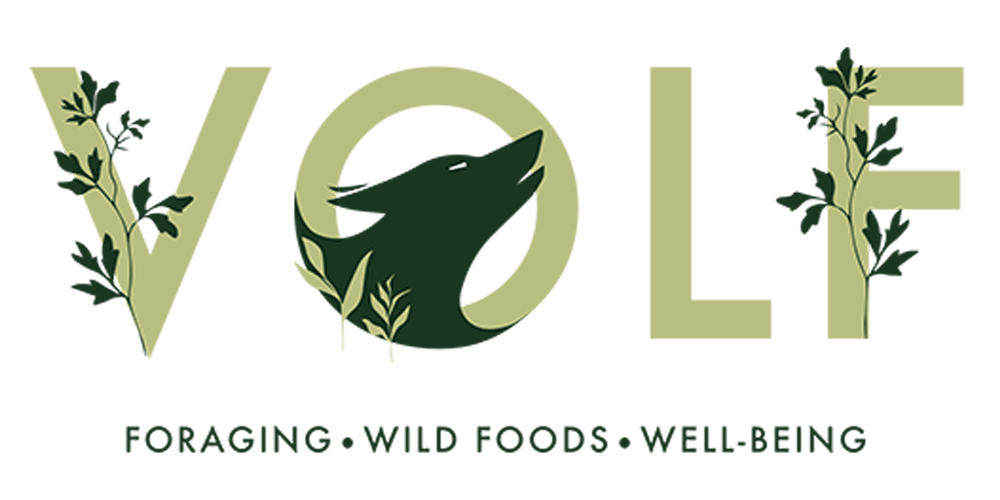Winter Chanterelle
How To ID Me And What I’m Good For?
My ID Features:
Typical golden/yellow stem
Typical folds on the underside
They can very much differ in shape
Babies
Winter Chanterelle
Latin Name - Craterellus Tubaeformis
Common names - Trumpet Chanterelle, Winter Chanterelle, Yellow Legs.
Family - Cantharellaceae.
Season - Autumn and the beginning of winter (though they tend to die off after the first serious frost).
Spore print - White to very pale yellow.
Habitat - Found in pine and spruce forests and plantations. We always have great luck under hemlock trees in particular.
Possible Confusion - Incredibly hard to confuse with any toxic lookalikes. But there are other members of the craterellus genus. None of which are inedible. The biggest words of advice we could give; they grow in such large numbers, it's important to check through your haul with a fine tooth comb. Just incase you’ve accidentally picked up any visitor fungi in your basket.
Description - Far more common in the mountainous regions of Nikki’s home country. They are absolutely up there in our top 10 wild edible fungi. Usually growing in abundance with some of our spots producing thousands each season here on the south coast of England. They are incredibly versatile being able to survive frosts with ease and no apparent signs of deformity. Though we would advise one to take caution picking frozen & defrosted wild foods, as they are open to bad bacteria. Sometimes causing tummy aches. Due to their ability to survive harsher climates they lend themselves well to dehydration, pickling and more robust cooking, like stews and the like.
Physical Characteristics - Brown cap & ‘yellow legs’ are a sure sign you have found winter chanterelle. In conjunction with its pale grey (yellow when younger) decurrent forked veins underneath the cap. As with all members of the chanterelle family, they have folds/veins which look like an old persons wrinkles. Rather than true gills like that of other fungi. This particular species also has a hollow stem, usually running from its cap, becoming more evident with age.
Harvesting Sustainability - Whilst it is now well recorded that picking mushrooms will not damage their mycelium (roots). We can testify this doesn’t damage further fruitings. One must consider the impact of damaging insect populations. Pick one leave one. Is the best approach, always!
Important note - It is worth noting that mushrooms love to collect pollutants from their environments. It is notably worth picking away from human interaction or domestic animal spots.
Never munch on a hunch! Volf takes no responsibility for anything consumed.





